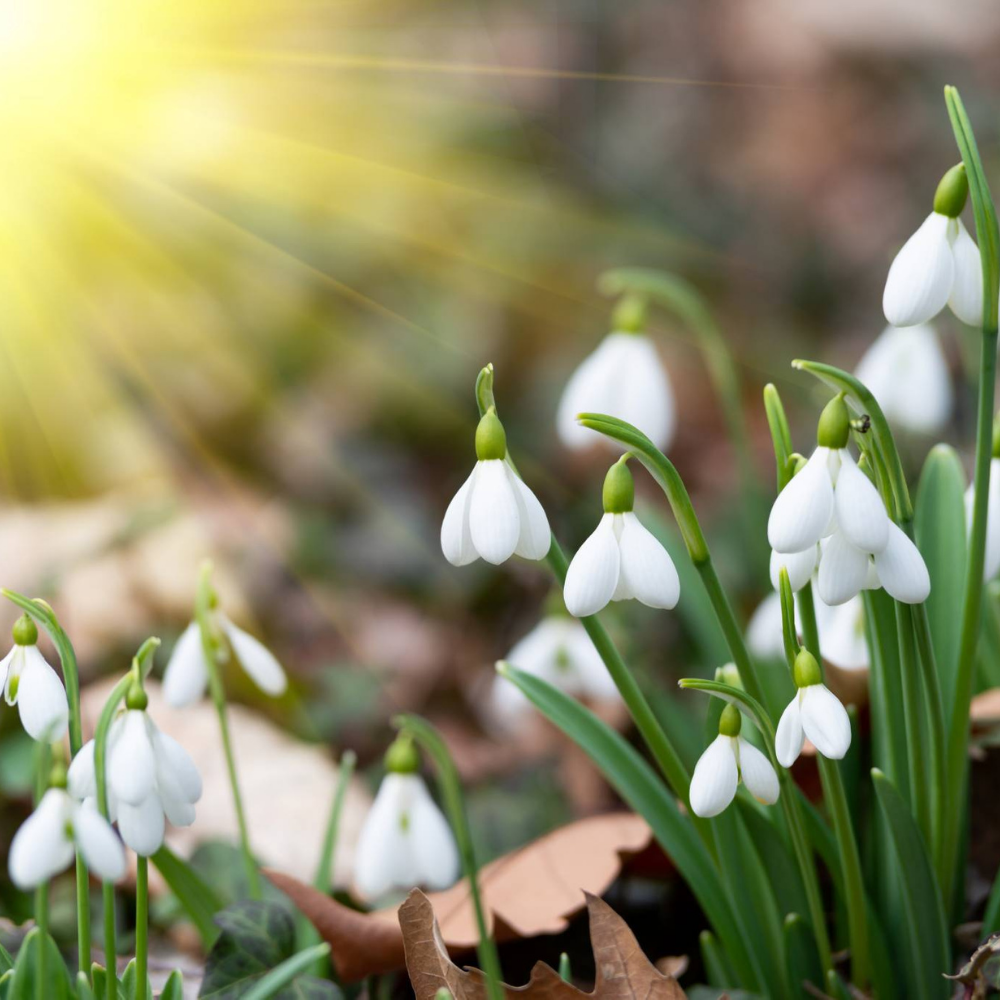Last weekend I participated (via Zoom) in the 5th annual Galanthus Gala—a two-day celebration of the widely-acknowledged harbinger of spring: the snowdrop. This event attracts hundreds of enthusiastic Galanthus devotees; last year’s in-person symposium claimed more than 400 attendees! And even though exclusively on Zoom this year, 200 people reportedly participated. In Britain and some regions of the US, Galanthus has generated fervor reminiscent of Holland’s 17th century Tulipmania; enthusiasts even call themselves “Galanthophiles”.
In my yard this year snowdrop foliage has only just begun to emerge, with flowering soon to follow. But already in full bloom are many witch-hazels (Hamamelis x intermedia)—this remarkable woody plant is what I consider the true spring harbinger in this region. Its colorful and fragrant flowers gracing its bare branches gently unfurl to spark-up my yard and revitalize my mood. People first seeing its flowers unexpectedly emerging in the otherwise-bleak mid-winter landscape often mistake it for Forsythia – but Forsythia won’t come into bloom for at least another month, or more.
Hamamelis is a truly exceptional flowering shrub. Early-winter sub-freezing temperatures keep its dormant flowers tightly-held in knobby buds. Warmed by above-freezing temperatures, its spidery flower petals unfurl and then re-furl again and again (often described as similar to a New-Years-Eve-party noise-maker) as temperatures fluctuate between freeze and thaw. And typically starting as early as mid-February, this process continues repeatedly for three weeks or more.
As a horticulturist I’m continually surprised to realize how few people know about the incredible Hamamelis, with its myriad flower colors. Ironically, the likely reason for its continuing obscurity is its principal feature–witch-hazel displays its colorful blooms so early in the year, well before most garden centers are open for business. But it’s also easy for me to understand why anyone experiencing Hamamelis in full flower at this otherwise-dormant time of year immediately feels compelled to have it growing in their own yard.
Now that I’ve personally observed the furor of the Galanthophile-crowd, I’m hoping that all the enthusiasm so evident in that group will foster additional spring-awakening festivities. Perhaps “Hamamelaphiles” like me will soon be reveling in spring’s imminent return with a “Hamamelis Holiday”, or similar event that aptly celebrates the exceptional significance of this unique herald of spring?







